 Commercial drones are now becoming a mainstream technology, with the 2020 pandemic serving as a showcase for how drones can save human lives.
Commercial drones are now becoming a mainstream technology, with the 2020 pandemic serving as a showcase for how drones can save human lives.
Drones have been used for delivery long before Amazon announced its Prime Air service. Founded in 2011, Zipline, a US-based company focused on medical drone deliveries became the pioneer in long-distance drone delivery, with distribution centers in Rwanda and Ghana. With an exponential growth since then, Zipline now delivers 65% of blood samples in Rwanda, particularly because the country lacks suitable road connectivity.
Companies like Zipline are investing heavily not only in better drone hardware but also in remote operations software, so they can intelligently & centrally manage a large fleet of drones.
How Does Drone Delivery Work?
Drone delivery refers to the act of moving a package from point A to B using unmanned aerial vehicles (UAVs). Such UAVs are either autonomous or remotely controlled by human pilots.
The infrastructure that powers drone delivery operations requires seamless integration between reliable drone hardware and robust software that can enable EVLOS/BVLOS Operations. The components of such systems include:
Drone Hardware
Drones that are capable of carrying heavy payloads; for example:

Links to above-mentioned drone specs:
Companies like Zipline, Wing, etc., have their own fleet of drones specifically designed and developed to suit their specific delivery needs.
Note:
- The above specifications are as given on the DJI and Foxtech website.
- FlytNow is compatible with all DJI, Ardupilot, and PX4 based drones and provides software modules for EVLOS/BVLOS operation over 4G/LTE, 5G, Long-range RF.
Drone Fleet Management Software

Drone delivery requires an advanced fleet management software like FlytNow that helps plan & execute long-range EVLOS/BVLOS flights with live tracking and drone control over 4G/LTE/5G.
FlytNow Delivery is a cloud-based offering that can be used for package delivery operations. Delivery businesses can use off-the-shelf or custom drones to quickly set up a delivery system in their geography. FlytNow solution cuts the deployment time to a few days and gives a unified web-based dashboard to control and manage every aspect of a drone delivery operation. FlytNow Delivery Offers:
- Operator Dashboard - Centralized web-interface to manage all logistics operations
- Dispatcher Dashboards - Web interface for store-fronts/medical centers to create delivery requests and live tracking.
- Recipient Dashboard - Web and mobile interface to live track drone location and delivery status
Onboard Drone Software:
A drone equipped with intelligent onboard software make this kind of operation autonomous and safe. With the integration of FlytOS intelligent modules and sensors with onboard SBC (Nvidia Jetson Nano, DJI Manifold 2, Raspberry Pi 3B+/4), drones can do:
- Autonomous Precision Landing or Hover (see FlytDock)
- Collision Avoidance (see FlytCAS)
- Electro-mechanical gripper control for package pick and drop
- Electro-mechanical pulley control for releasing a package from a height.
Drone-in-a-Box (DiaB) Hardware:
For operations to be autonomous and efficient -- physical, on-ground components such as a docking station, charging pad, launching systems, etc. are required. With FlytNow DiaB integration enables remote control & telemetry in the same delivery interface. Our enterprise solution also offers integration with DiaB APIs. Below are a few DiaB and charging pad solutions for reference:
UTM Integration:
Airspace intelligence and management is a critical enabler for scalable, safe, beyond-visual-line-of-sight (BVLOS) or extended-visual-line-of-sight (EVLOS) enterprise drone programs. Such integration with a UTM engine or national airspace services can augment sense-and-avoid capabilities with regards to airspace, flying advisories, and weather information for optimal path planning while avoiding no-fly zones and manned aircraft. Some leading UTM and providers are:
- Airmap
- Attitude Angel
- Unifly
- Airpalette
- DigitalSky (for India)
Learn about the FlytBase partnership with AirMap here
FlytNow can be integrated with any 3rd party private or government UTM API services.
Advanced Fail-safes:
Whether you are flying in rural or suburban areas, the safety of people on the ground and expensive drone equipment is of utmost importance. Emergency situations like flight system failure, bad weather conditions, or immediate advisory from the local aviation authorities may happen anytime.
In addition to standard drone fail-safes (RTH, Geofence, etc.), FlytNow provides Emergency Landing Point (ELP) Failsafes. ELP Failsafes allow you to define landing points along your delivery route and land the drone on the nearest ELP when a situation arises.
FlytNow also provides advanced geofence features to draw a polygon on a map along the delivery route to restrict drones from going outside the designated area.
In unavoidable situations, a safety parachute on the drone can avoid accidents. Here are some of the brands which offer drone safety parachutes:
- Indemis
- ParaZero
- VectorSave
Use FlytNow to Quickly Demo Your Drone Delivery Operation
FlytNow Pro is a cloud-based SaaS solution, well suited to help drone operators and service providers quickly set up a PoC (proof-of-concept) delivery system to validate a proposed delivery plan or to manage customer demos.
If you are someone who is looking to quickly validate a delivery idea then FlytNow Pro is a good starting point. As more requirements get identified, customers can then migrate to FlytNow Enterprise for Drone Delivery, which offers an end-to-end software suite with advanced capabilities and priority support.
Getting Started with FlytNow Pro for Drone Delivery PoC
Step 1: Sign up for a 28 days free FlytNow Pro account.
First signup to our free 28 days trial by visiting: https://my.flytbase.com/accounts/signup/?next=https://app.flytnow.com

Open your email and verify it before you can access the dashboard. Login to your account using your credentials.
On the dashboard, you can add drones, create a flight mission, set up a pre-flight checklist, and define a geofence.

In the above screenshot, We have already added our drones and two of them are online. In your case, you have to add the drones. Follow our getting started guide to add your DJI drones.
Do not have a drone? Try FlytNow Pro with Virtual Drone. Follow Step 2
(Optional) Step 2: Adding a virtual drone.
Your free trial account supports up to five drones. In case you don’t have a drone, you can also add a virtual drone, you can add one virtual drone. For a virtual drone, you need to set up your FlytBase cloud APIs. Please follow this guide.

Once granted access to the cloud, you can use your virtual drone’s vehicle ID and token to add it to the FlytNow dashboard.
Step 3: Creating a Mission Plan.
A mission plan lets you add a route for your drone. Considering you are testing a medical delivery system, you use the mission plan to define routes to all the medical centers you want to make deliveries.
To add a mission plan, click on Mission -> Add Mission. Give a name to your mission and click on Add Waypoints to begin defining your route. Clicking on the map will place a pin; this way you can place multiple pins.

In the above screenshot, we have defined a mission that tells a drone how to go to Palo Alto Health Care. Apart from defining a route, you can set the flight speed and a Finish Action. The Finish Action tells a drone what to do once it reaches the destination; you can set the following actions.
- Hover
- Land
- Return to Home
In our case, we have selected Return to Home that signifies that the drone will drop the payload and return to base.
Please note that FlytNow Pro offers limited features for mission planning. Advanced features are available in FlytNow Enterprise for Delivery.
Step 4: Creating a pre-flight checklist.
This feature allows you to create a pre-flight checklist. In the case of a delivery operation, a checklist will ensure that a drone is configured properly before it is sent out on a mission.
To create a checklist, click on CHECKLIST and then Add to Checklist to add a checklist item. While adding a checklist item, you can also add a description.


We have created a checklist suited for drone delivery operations. You can create your own checklist.
Step 5: Setting up a geofence
A geofence allows you to set up a boundary for your operations. Once you set a boundary, FlytNow will not allow your drones to fly beyond the boundary.
You can set up a geofence by:
- Going to the GEOFENCE section in the FlytNow dashboard where you should be able to see your drones as a list.
- Click on the edit option available in front of your drone name.
- Enable the Geofence radius by clicking on the button.
- Set the Geofence Values as per your safety requirements, i.e Height, and Radius.
- The Height is restricted to 500 meters and radius is restricted to 8000 meters.
- Click on the Save button after entering the values.
The following image shows you how your dashboard will look after geofence is set successfully.

A geofence has two circles. The area between the circles is called a warning zone. Whenever a drone crosses the first circle, the system gives out a warning, but it will not let the drone go beyond the second circle.
While planning a mission, you can’t put a waypoint beyond the first circle.
Step 6: Turn on Live video feed (feature works with a real drone only).
You can access the video feed of a drone from the dashboard. This feature is useful when a drone is out for delivery. This way you can visually assess a flight mission.
Select a drone under the FLY tab. Now you can see the video feed on the top right corner.

You can also enable the multi-cam mode (refer to the above picture) that will allow you to view the video feed from all drones on a single screen.

Step 7: Share live drone location and video feed with a third party (feature works with a real drone only).
You can share live drone locations and video streams with anyone outside the FlytNow platform. This feature is useful especially when you want to share tracking information with a recipient which might include live video feed from the drone.
To initiate sharing click on the share button on the video panel

In the next dialog box click on Create new link.

Enter the email address of the person to whom you want to share the video.

Select the drones and your preferred options. You get the option to share both the map and the video.
The person with whom you have shared the live feed gets an email with a secure PIN. Tell him/her to click on View Operation and enter the secure PIN to start the live streaming.

Initiating a Drone Delivery
Once you are done with the basic setup, it is time to launch your first delivery mission. Consider a situation where you have received a delivery request from a nearby medical center, and you are about to initiate a launch.
Step 1: Launching a drone and selecting a mission.
Under the FLY tab select a drone (has to be online) and click on the launch icon in the bottom right corner.

You will be asked to select a flight mode. Select Mission. In the next window, you will see all your missions. Select a mission and click on start.
Step 2: Completing the pre-flight checklist and executing the mission.
Next, you have to complete the pre-flight checklist.

Once you are done with the checklist, hit Execute to begin your delivery.

What’s the Next Step?
FlytNow Enterprise a Perfect Solution for Large Scale Drone Delivery Operations
We have been talking about FlytNow Pro which has limited features but ideal for validating an idea or doing a POC. Once you are done with the validation stage, it’s time to move to FlytNow Enterprise.
FlytNow Enterprise is a fully-featured comprehensive drone automation solution designed for large scale drone deployment. The solution is fully customizable and can be used in a variety of use cases, and drone delivery is one of them.
Here are some exclusive features of FlytNow Enterprise:
- Add and manage multiple drones, operators, and clients.
- Assign a drone to a delivery request.
- Generate automatic, unlimited flight plan (straight line) from drone location to the delivery location, edit if required.
- Control the gimbal, manually trigger RTH, and land for emergency situations.
- Recording of video streams.
- Set an advanced geofence - support of polygon geofence.
- Integrate with third-party services like DroneLogbook and UTM like Airmap.
- Integrate with Drone-in-a-box or charging pad like Skysense, WiBotic, Airscort.
For enterprise drones (DJI, PX4, Ardupilot), FlytNow provides SBC, with the FlytOS installed, for direct integration to make BVLOS flight possible over 4G/LTE/5G network. We also provide accessories and landing tag design for precision landing over charging pads.

--
Schedule a 30-min free consultation with our expert to learn more about the FlytNow Drone Delivery Software Solution, contact us at https://flytnow.com/contact/



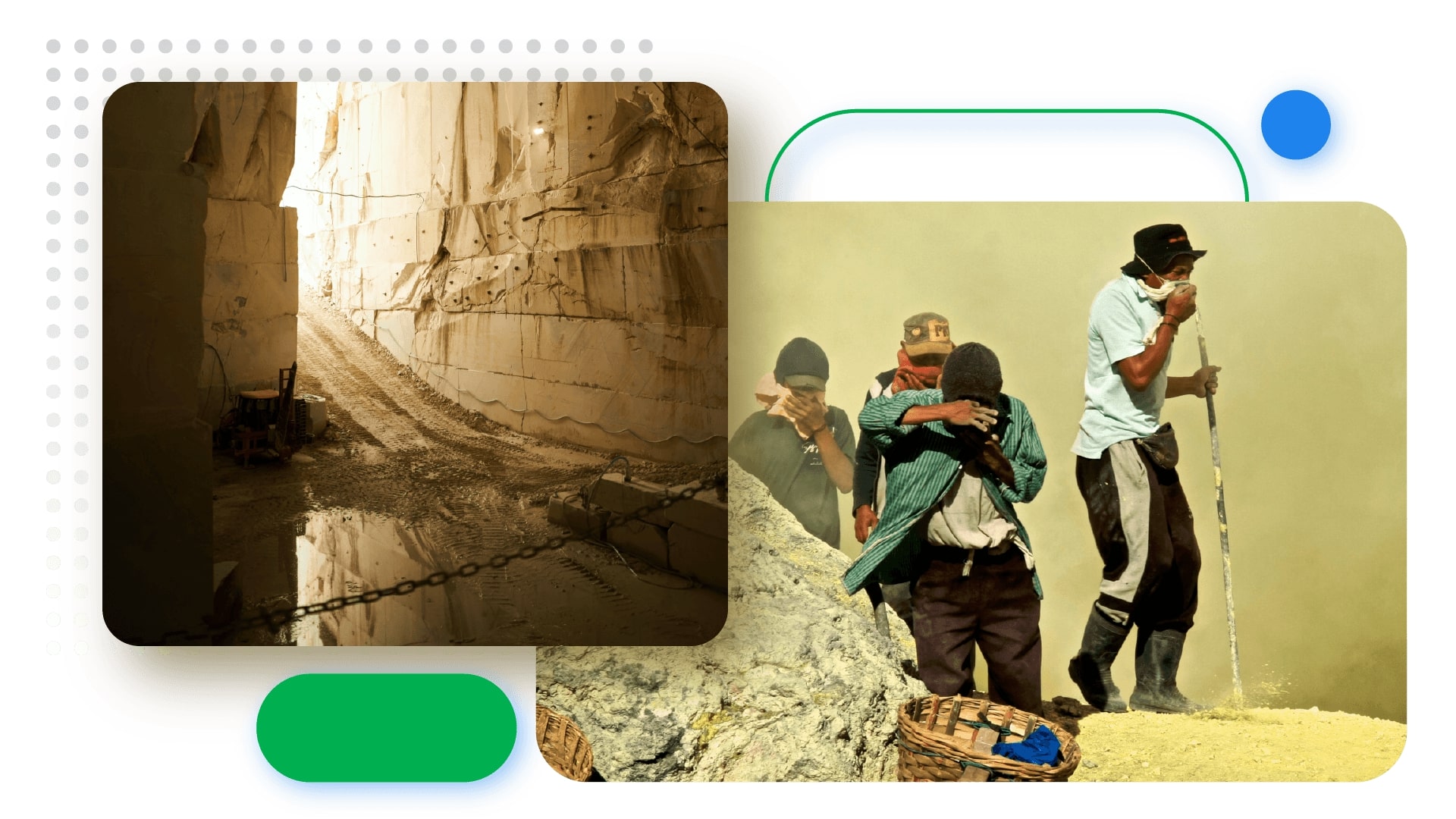
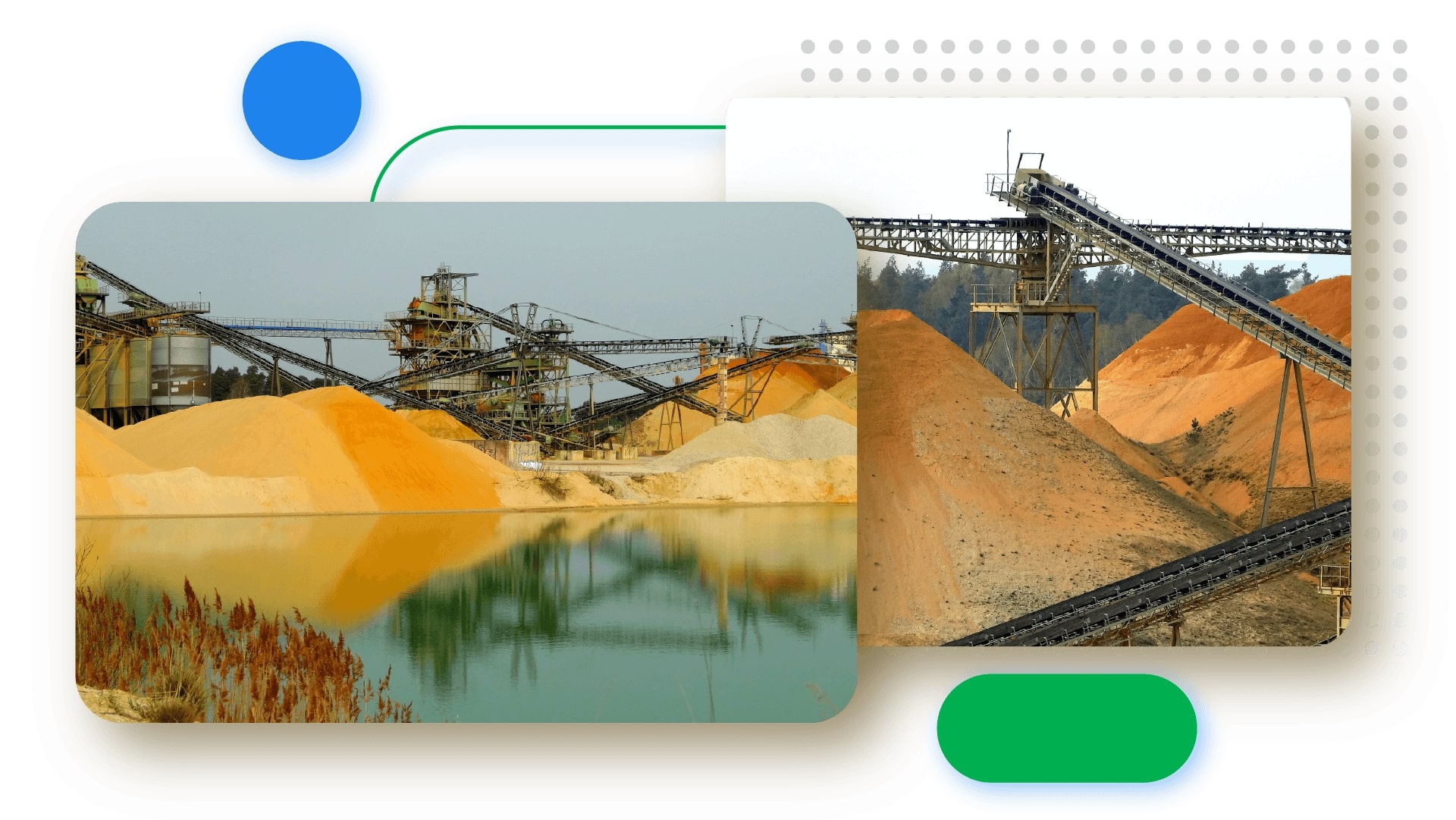
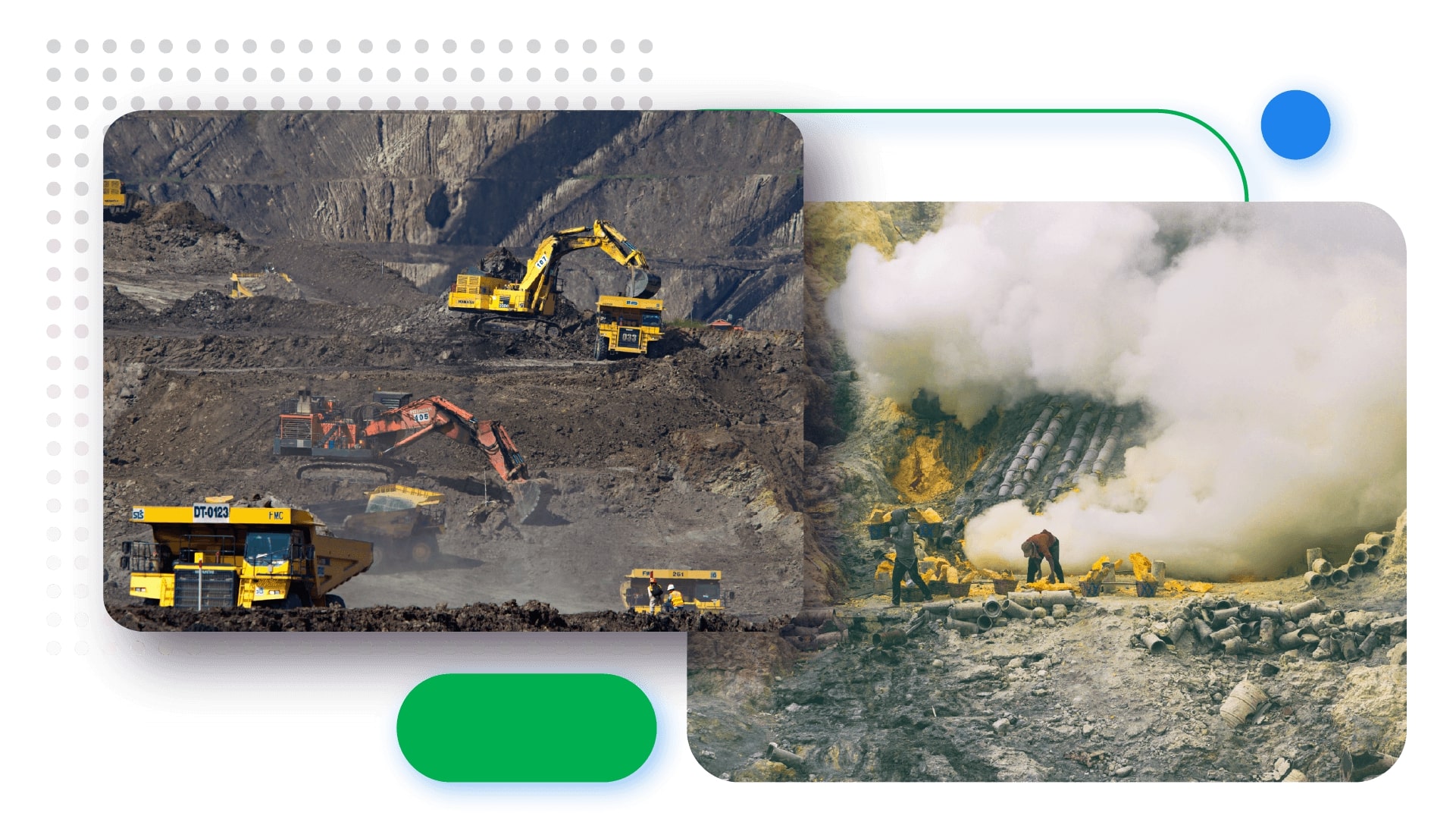
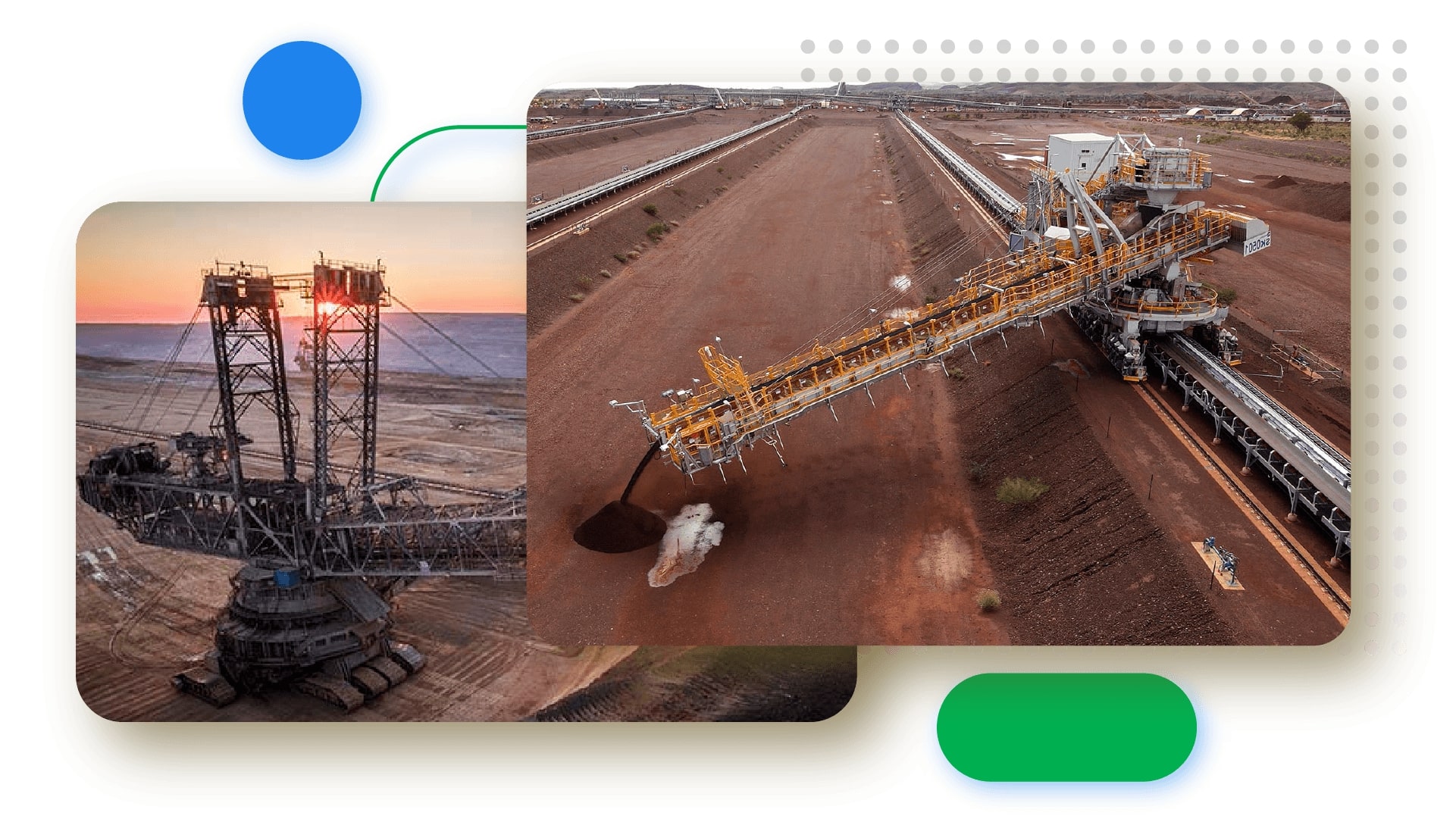
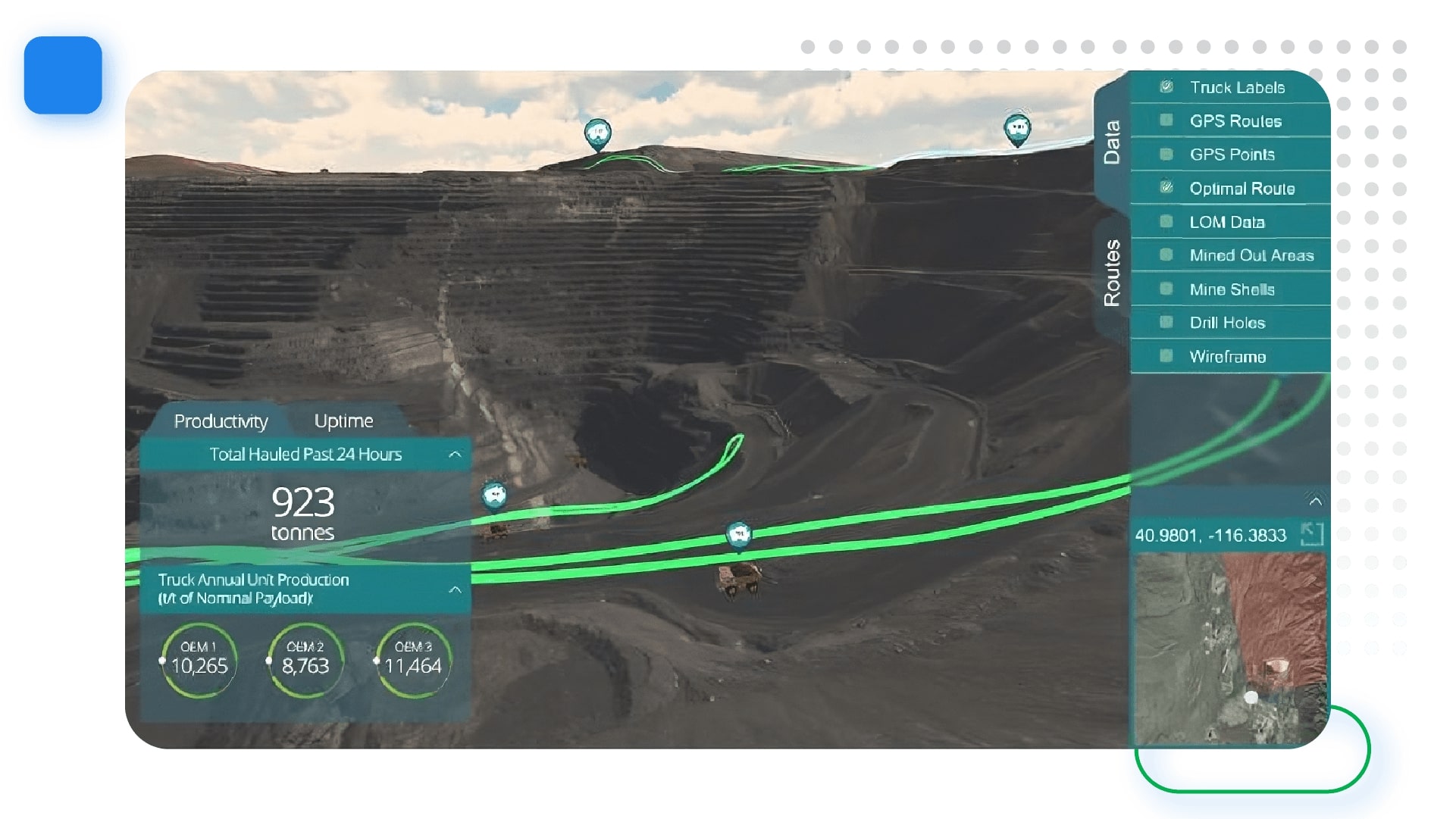
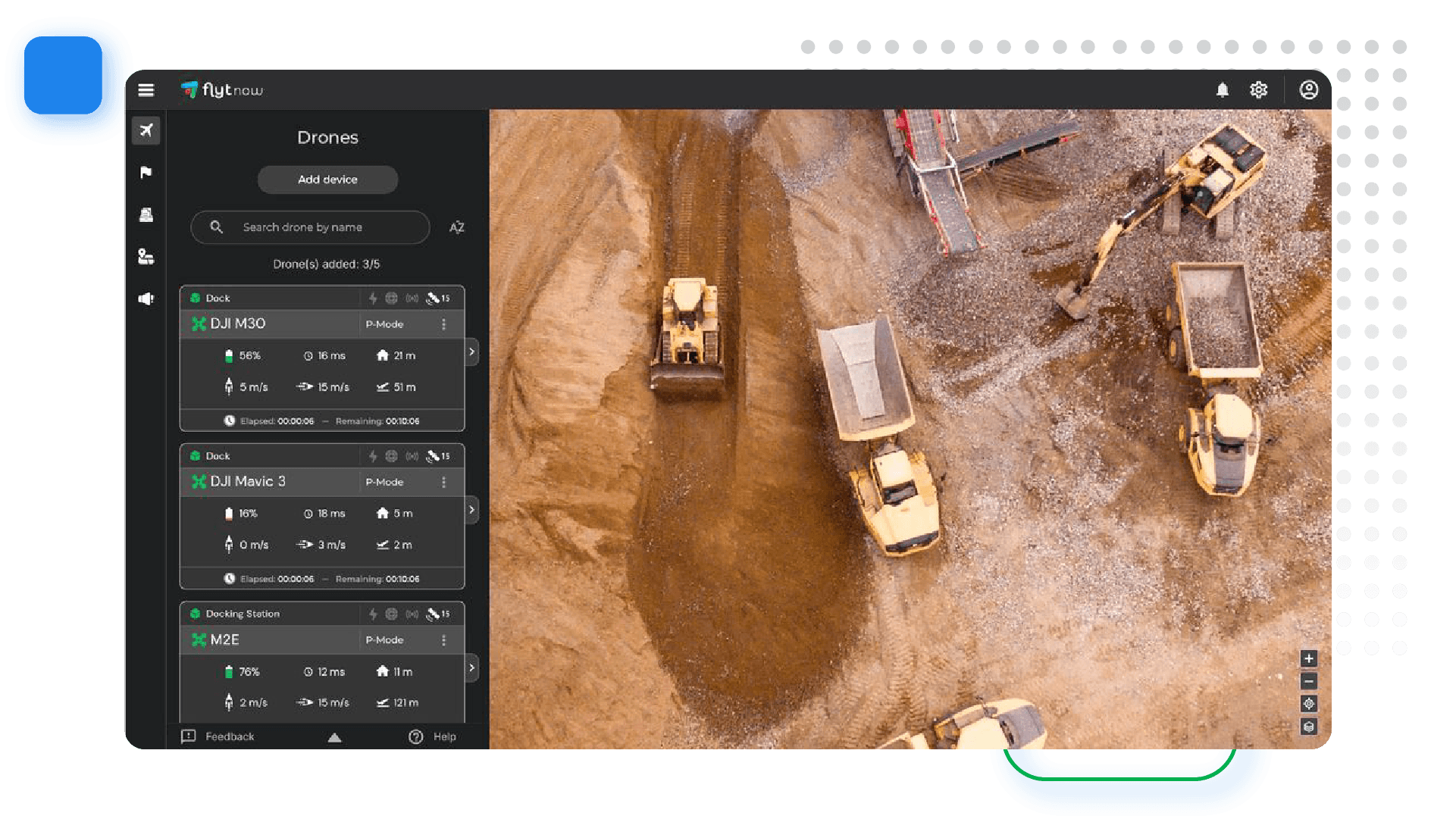
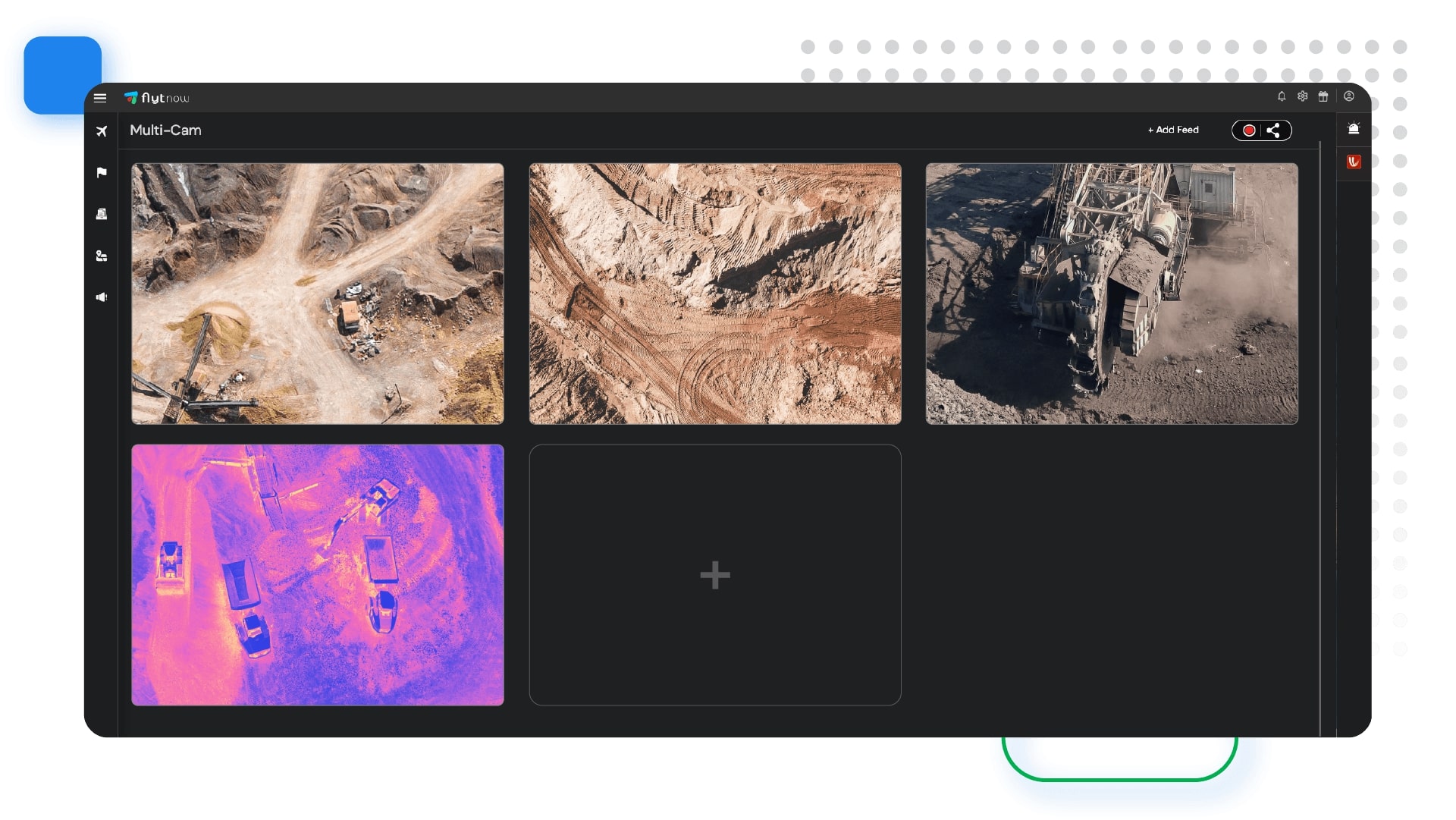
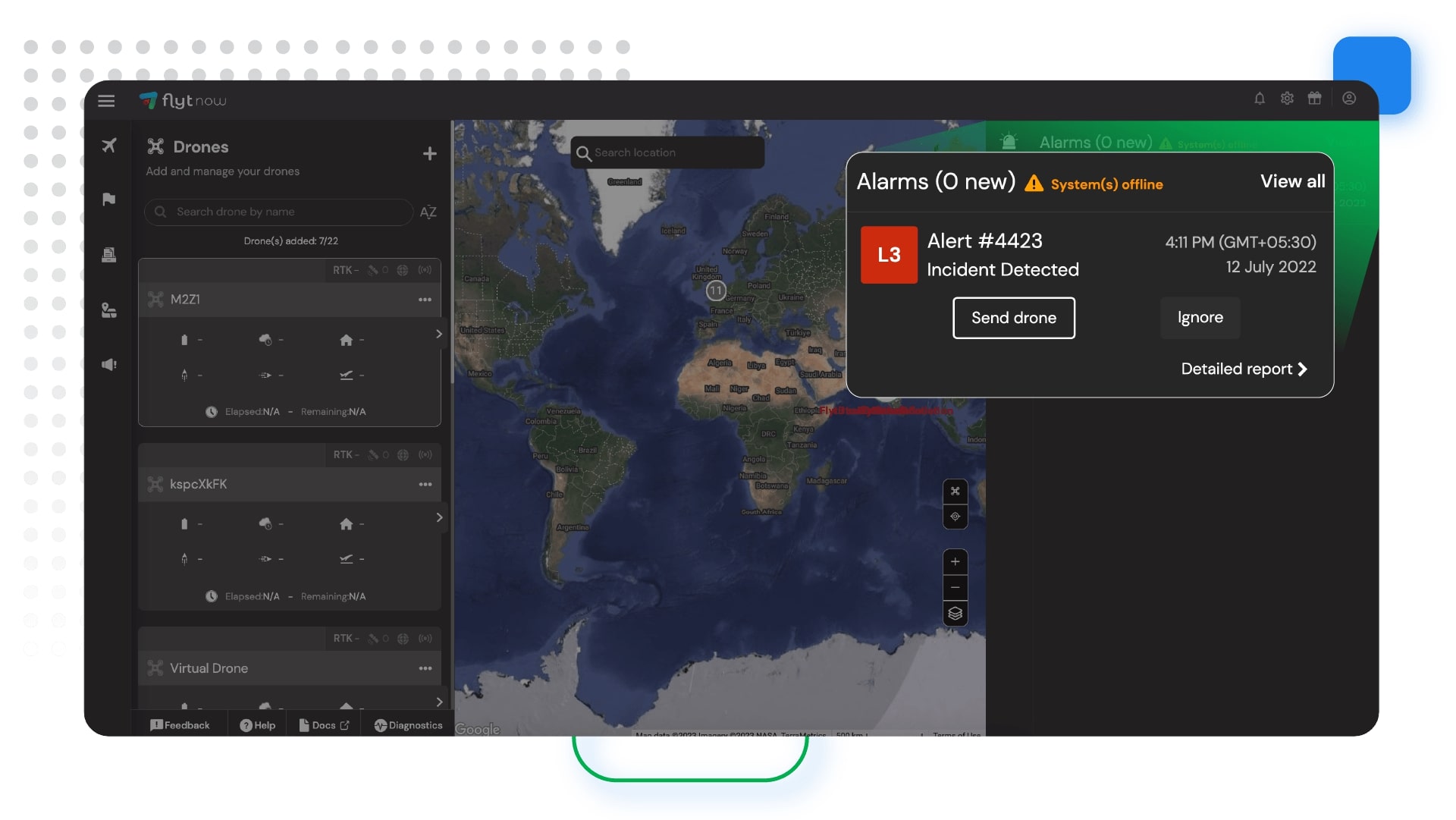






 Commercial drones are now becoming a mainstream technology, with the 2020 pandemic serving as a showcase for how
Commercial drones are now becoming a mainstream technology, with the 2020 pandemic serving as a showcase for how 































 Thermal imaging has therefore been known to offer superior protection in demanding conditions. Some of the prime benefits include:
Thermal imaging has therefore been known to offer superior protection in demanding conditions. Some of the prime benefits include:







